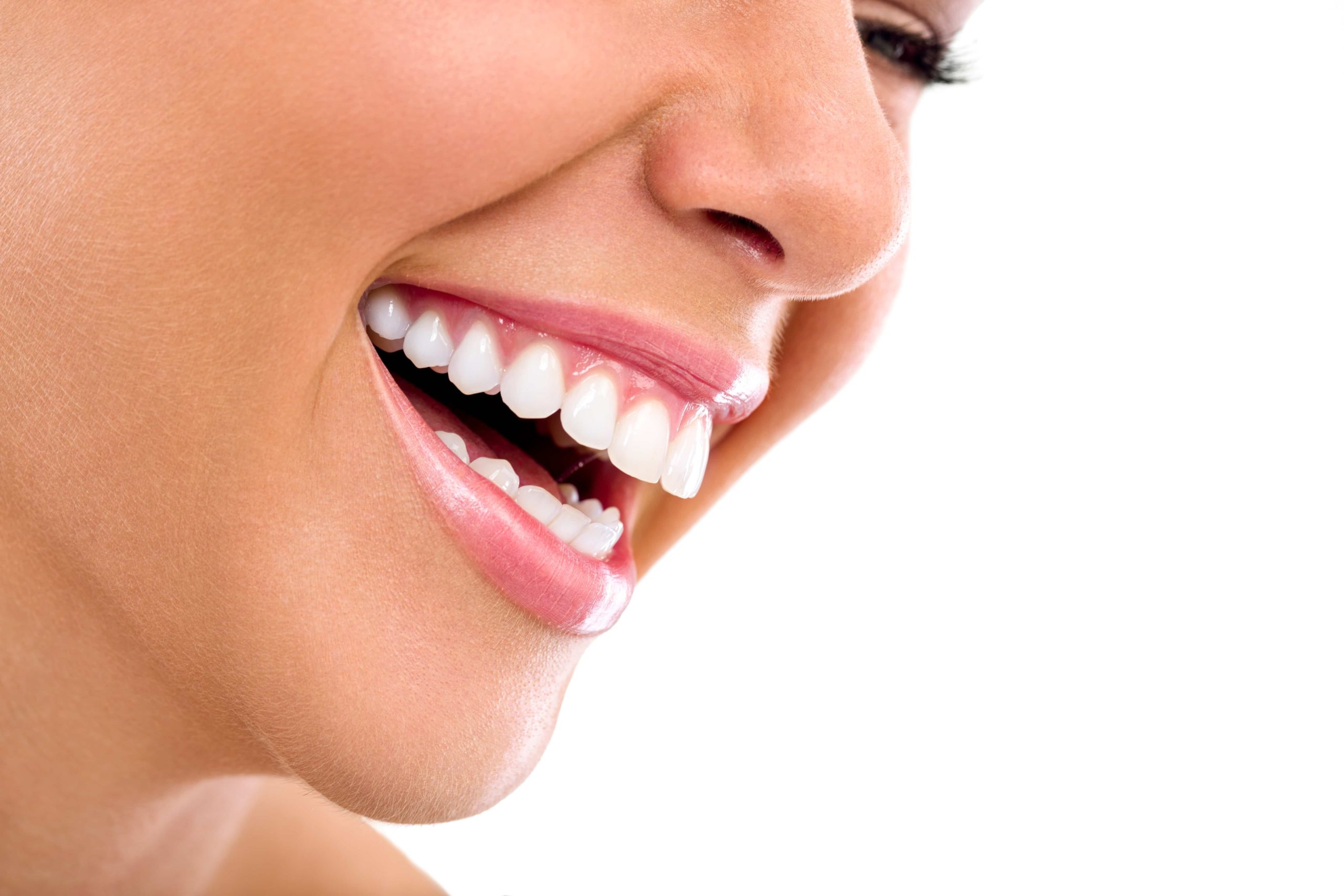There are many different things that can cause us to feel self-conscious and uncomfortable about our teeth and mouth, not the least of which is decayed, chipped, fractured, misshapen or discolored teeth. Fortunately, there are many different restorative and cosmetic dental treatments that can help with these situations, not the least of which is dental bonding.
The Purpose and Procedure of Dental Bonding
When it comes to restoring the structure, function or appearance of the front teeth, one dental treatment that many individuals consider is the use of dental veneers. This can be an appropriate treatment in many cases, effectively restoring the color, shape and appearance of teeth, but it is also an extensive treatment that requires veneer fabrication in a dental laboratory. Furthermore, the installation of dental veneers is an irreversible and often costly procedure, so it should be very carefully considered beforehand. In cases where the individual’s cosmetic tooth issues are less severe, dental bonding may be the more appropriate treatment, and it can still deliver excellent results.
With dental bonding a tooth-colored resin is applied, or bonded, to the surface of a decayed, chipped, fractured, misshapen or discolored tooth. This is often viewed as one of the easiest and least costly cosmetic dental procedures available. Due to the fact that the resin used can be colored, shaped and polished to perfectly match the surrounding teeth, many individuals are satisfied that dental bonding is entirely undetectable in their mouth, and therefore all the more beneficial to them. It can even be used to close unsightly gaps between the teeth, as an alternative to amalgam fillings, or to protect the root of a tooth that has been exposed by receding gums.
During the dental bonding procedure your dentist, Dr. Saferin, will:
- Use a guide in order to correctly match the shade of your natural teeth to the appropriate resin color. If the bonding is being used in order to improve the color of your tooth or teeth, this will obviously be considered.
- Etch the surface of the tooth or teeth that will have the bonding material applied to them. This etching is done in order to roughen up the surface of the tooth in order to help the resin bond adhere more tightly. A conditioning liquid may also be applied to the tooth to further help the bond hold.
- Apply the resin. Your dentist will then be able to mold and smooth the resin into its proper shape.
- Cure the resin. Once the resin has been molded and smoothed into the desired shape, it is cured with a special ultraviolet light so that it can harden rapidly.
- Final trimming, shaping and polishing. With the resin hardened on the surface of the tooth, your dentist can further trim and shape it so that it looks exactly as desired. Finally, she will polish the resin so that it matches the natural shine of your other teeth.
The entire dental bonding process can take anywhere between thirty to sixty minutes to complete, depending on the intended results and how many teeth are treated. Where many teeth are receiving dental bonding your dentist may choose to spread the treatments over several visits to ensure it is more comfortable for you.
Caring For Dental Bonds
The same foods and beverages that can stain natural teeth, such as tea, coffee, red wine and cigarettes, can also stain the resin used in dental bonding. Your dentist will recommend that you completely avoid eating or drinking these foods and beverages for at least forty-eight hours after receiving your dental bonds, and minimize your consumption of them after that time in order to prevent extensive staining. You should also try to avoid biting your fingernails or chewing on pens or ice, as this can cause chipping and other damage to your dental bonds.
Dental bonds should be cared for in the same way that you care for your natural teeth, with twice daily brushing, once daily flossing, and twice yearly dental examinations and cleanings. Properly cared for, dental bonds can last for several years before requiring repair or replacement, and they can greatly improve the comfort and appearance of your mouth.
[text-blocks id=”1369″]


